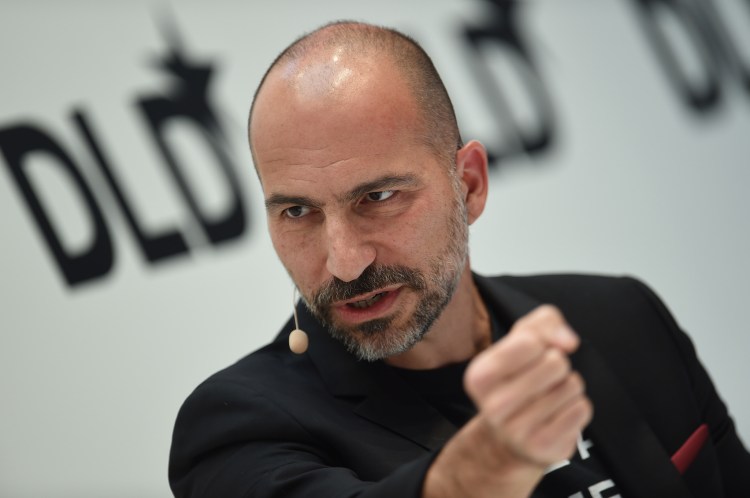Uber performed a historic face plant on its first day of trading. Now the stable of unicorns, such as Slack, hoping to IPO this year will have to see just how much fallout it causes.
At the end of trading, Uber’s stock (NYSE: UBER) closed at $41.35, down $3.45 or 7.67% from the $45 per share IPO price. It’s one of the largest unicorns to finish down on its first day of trading.
That is not easy to do, even in a week where markets are roiled by external factors. Flash back to Facebook’s IPO back in 2012:
The IPO (Nasdaq: FB) was priced at $38 per share. But throughout the first day of trading, the price seemed to risk falling below the IPO price. So Facebook’s bankers intervened, buying back stock toward the end of the day to prop up the price. In the coming weeks, it tumbled again amid worries that Facebook had blown the shift to mobile computing.
June 5th: The AI Audit in NYC
Join us next week in NYC to engage with top executive leaders, delving into strategies for auditing AI models to ensure fairness, optimal performance, and ethical compliance across diverse organizations. Secure your attendance for this exclusive invite-only event.
Of course, that seems like a million years ago. And perhaps that can offer some solace to Uber, and to its investors.
But in the meantime, the once-promising year that has seen Lyft, Tradeweb, Zoom, and Pinterest all IPO now seems to be seriously battered. And while the timing of Slack once seemed sublime, it now could be facing some serious headwinds. We’ll see in the coming weeks whether its advisors are confident enough to let it go forward.
As for Uber, it raised more than $8 billion in the offering. That’s a formidable sum. And in the short term, it will be fine — though it continues to lose money. Essentially, its business model is offering subsized rides using the various money it has raised over the years.
If the stock continues to sink, or struggle, Uber could have a hard time raising more, either through secondary offerings or debt. After 10 years, it may finally be time to prove that its ride-hailing business can actually be a sustainable business.


